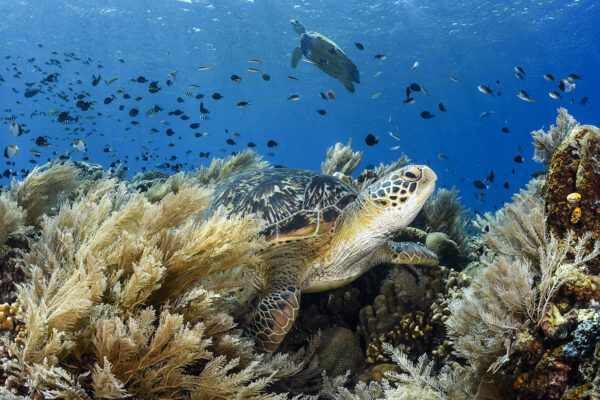Siladen Resort & Spa, The Sublime Side of Bunaken
Of all the species of cardinalfish in the world’s oceans, I think the Banggai (Pterapogon[…]
Read more
Of all the species of cardinalfish in the world’s oceans, I think the Banggai (Pterapogon[…]
Read more